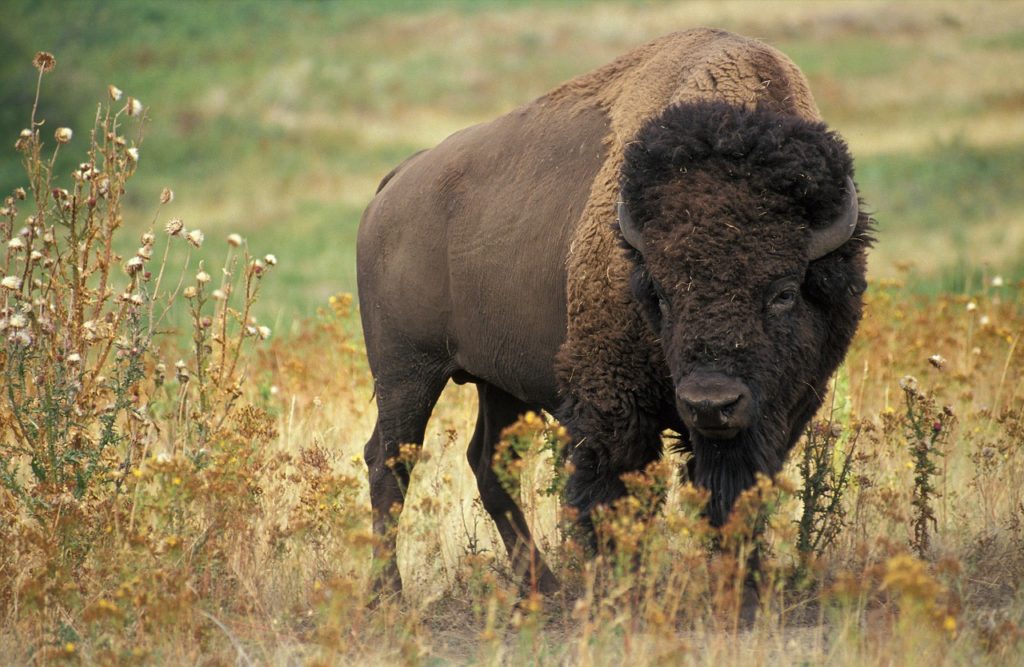Despite ever-growing demand for climate action and environmental protection, many of the world’s governments have been slow to respond at best and deliberately obstructive at worst. In Brazil, President Bolsonaro’s treatment of the Amazon is one example; in the US, the Trump administration’s repeated attacks on environmental regulations is another.
In recent months, the administration’s most notable attack on the environment is its rollback of the Endangered Species Act (ESA). This landmark legislation provides vulnerable animal and plant species with some of their strongest legislative protections—without which, they would likely go extinct. Read on to learn more about the ESA, the current threats to the act, and how people are fighting back.
What is the ESA?
The ESA, which Congress passed in 1973, was designed to protect America’s natural heritage and was the first official political recognition of the fact that many of the nation’s animals and plants were in danger of disappearing completely. Species are labeled as either “threatened” or “endangered,” with the former referring to those species that are likely to become endangered, and the latter indicating species that are at risk of extinction throughout all or most of their natural range. The federal Fish and Wildlife Service and the National Marine Fisheries Service jointly administer the ESA.
The ESA has been playing a major part in the protection of animals, plants, and habitats ever since its inception. As well as supporting local communities in their conservation efforts, the ESA compels federal agencies to conserve listed species and prohibits them from funding or approving any action that would harm a listed species or its “critical habitat.” In addition, the ESA prohibits hunting, fishing, and otherwise harming or killing a listed species, and it outlaws the trade and sale of them as well. Matching funds are available to states through the ESA for conservation purposes.

It might surprise some to learn that the ESA is relatively uncontroversial. An Ohio State University study of public opinion on the ESA found that four out of every five Americans support the ESA. Polls dating back to 1996 have shown similar results.
The ESA is the reason behind some of the most famous “comebacks” of species that had previously teetered on the brink of extinction. The iconic bald eagle was removed from the endangered list in 1995 and then removed from the threatened list in 2007. Around 55 species have rebounded after being listed by the ESA, including humpback and grey whales, Louisiana black bears, and many plants.
What is the Trump administration changing?
Rather than simply cutting funds, President Trump’s administration is rolling out a widespread weakening of regulations effective across the entire process. The main casualty has been the universal protections afforded to threatened species. Under the ESA, both threatened and endangered species were protected by the same guidelines. That blanket agreement has now been replaced by a mechanism that allows any threatened species to be judged on an individual basis before being granted the same safeguards it used to enjoy in every case, automatically.
Other regulations have been similarly relaxed. More discretion has been granted to regulators when it comes to assessing threats to a species in the “foreseeable future,” meaning that it’ll be harder for some species to even be classified as threatened or endangered in the first place.
The final major change allows economic considerations to be taken into account when deciding whether any species should be protected by the ESA. Now, companies will be able to more effectively lobby against any decisions that may harm their business interests.
Why do these changes matter?
Overall, the changes significantly weaken the ESA and may make it easier to remove a species from the current endangered and threatened lists. Threatened species may be especially vulnerable now, even if they remain on the list, because they will no longer automatically receive the same protections as endangered species. In addition, the new wording around threats may allow regulators to dismiss climate change as a threat to a species, because its effects may not be felt for years. Finally, by allowing economic factors to impact whether a species is afforded protection, a potentially disastrous precedent is being set. Business interests could potentially overrule scientific data and analysis of a species and the threats it faces. It will likely become much more difficult to list a species on the ESA.

What’s next?
Environmental organizations are roundly opposed to the administration’s changes to the ESA, claiming that they will seriously limit the government’s ability to protect wildlife and natural habitats. While the administration has the final say for the moment, legal challenges have already been mounted. The Attorneys General of Massachusetts, Maryland, and California have filed a lawsuit against the Trump administration on behalf of a coalition of 17 states, the District of Columbia, and New York City. In addition, the environmental law firm Earthjustice also filed a lawsuit on behalf of several groups, claiming that the administration failed to analyze the impact of the changes, violated the purpose of the ESA, and did not allow for sufficient public comment.

